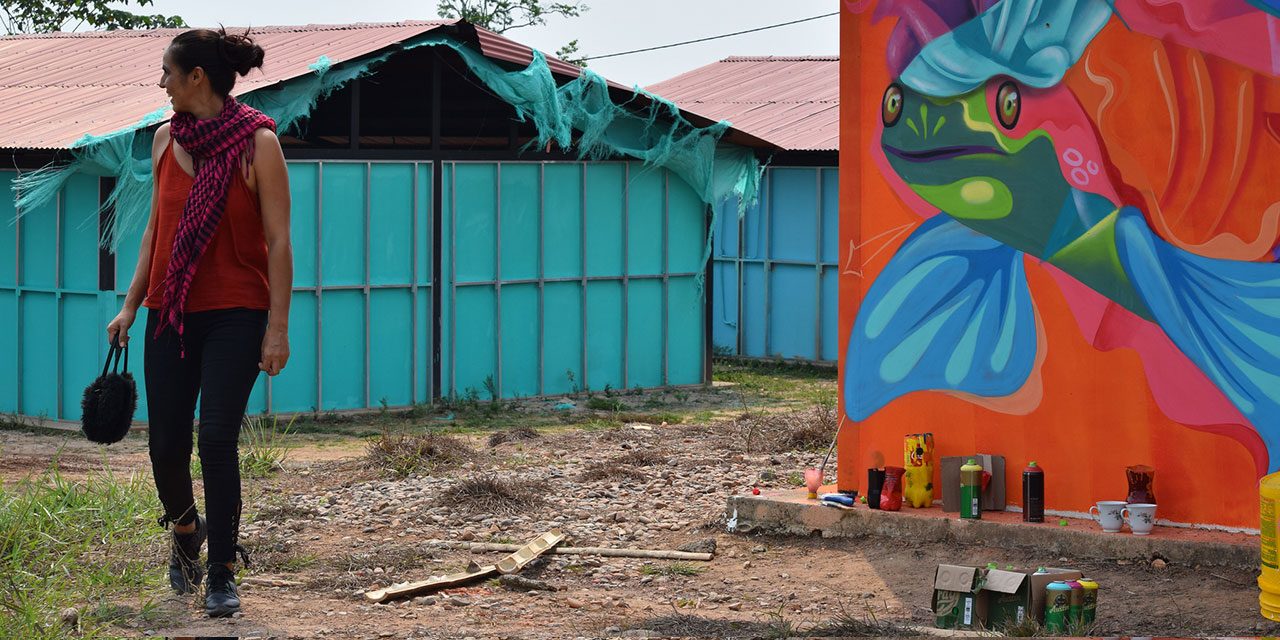More than two thirds of the 10,000 FARC guerrillas who laid down their weapons in 2017 have abandoned the reintegration sites.
According to reintegration chief Andres Stapper, 2,935 FARC members continue to live in 24 of the so-called Special Territories for Education and Reincorporation (ECTR).
This means that the remaining 7,480 guerrillas who entered on January 1, 2017 have left after their demobilization and disarmament in mid-2017 amid chronic government failures to comply with the 2016 peace deal, particularly in regards to the reintegration and physical security of former combatants.
Colombia mourns death of “peace baby,” killed in attack on former FARC guerrilla
While the majority of former guerrillas continue to take part in the peace process from home, between 1,500 and 3,000 are believed to have joined or formed dissident groups that have turned against the peace process.
The United Nations has bashed the government’s failure to facilitate productive projects that would allow the FARC members to sustain themselves. Because of the government’s inaction, the vast majority of guerrillas continue to depend on food supplied by the authorities and international partners.
In its latest report on the peace process, Secretary General Antonio Guterres said that “Forward momentum is critical to countering the sense of economic insecurity and waning confidence among former FARC-EP members, which, in conjunction with security threats and legal uncertainty, could have a negative impact on the reintegration process.”
Stapper, in an attempt to counter the mounting criticism, said that according to a recent census, the majority of the FARC members that remain in the reintegration camps remain optimistic about their future.
Reintegration chief Andres Stapper
The FARC, which is now a political party, said in a press release that the optimism cited by Stapper “is not a product of government policy and commitment, but rather a reliable demonstration of the commitment we made at the time as FARC-EP to a negotiated solution to the conflict and the construction of peace with social justice and reconciliation.”
Until his election last year, President Ivan Duque’s far-right Democratic Center Party fiercely opposed the peace process with some even threatening to “shred the fucking [peace] deal to pieces.”
After his election, Duque has tried to dismantle much of the peace process, but has been curtailed by Congress where the majority of lawmakers support the peace process.
Political violence and armed conflict, in the meantime, has increased again after hitting a record low in 2017, the year before Duque took office.


